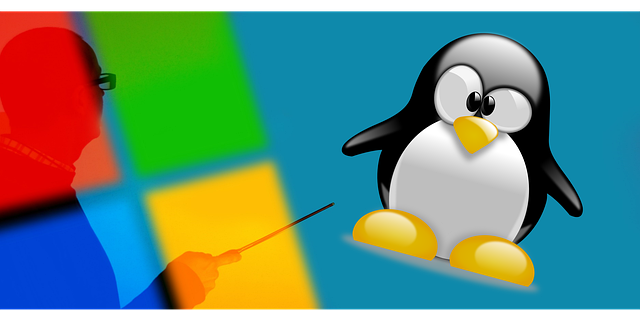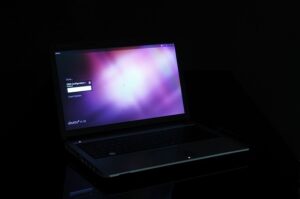
Linux has been getting a lot of attention lately, mostly because Valve has been doing great work and managed to make tons of games work on Linux through their work on Proton, which is a tool that uses various compatibility layers to make native Windows games run on Linux.
With that, new users are coming to Linux and they are terrified of the terminal. Here is what you need to know about using Linux and why you shouldn’t be afraid.
It’s Very Similar to Windows
While the system and how it works is not at all similar to Windows, the user experience absolutely is. Using a desktop environment similar to Windows such as Cinnamon, KDE or even XFCE if you want a more vintage look, you will get a navigation system which will be very familiar.
Downloading Ubuntu with one of the three above mentioned desktop environments would get you great support and an easy way to handle all your questions.

Installing Applications
This is where Windows users start panicking. They shouldn’t nowadays, with Flatpaks and Snaps being added to official package managers, you can simply tick a checkbox and start downloading software you want. Most software you have on Windows, you have on Linux, like Discord, Chrome, chatting apps, Steam, and various other clients and services you might need.
You just open the Software Manager, and search for what you want to install. It’s that simple.
Updates

Here is where Linux distributions are much better than Windows. They will never, ever update without your consent and they will always update only the software installed on your system, never installing anything you against your wishes or without asking you about it, though I have yet to see a Linux ask to install you anything unless it is a library or dependency that a new version of a program you have needs.
Updates are easy to execute and will not break your system. You can set up backups easily to put it back into a pre-update state should anything be bricked. Oh, and Linux takes care of the drivers on its own, particularly modern distributions like Ubuntu, Manjaro, Fedora and especially popOS!.
Using Linux is very simple. Download a distro of choice and make a bootable flash drive using Rufus. Then try the distro, every single one has a live environment, where nothing is installed and where you can see what you are getting into.